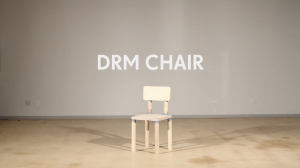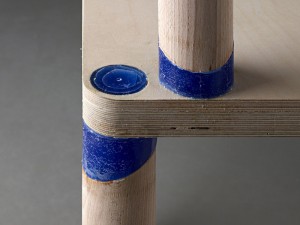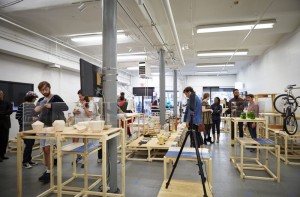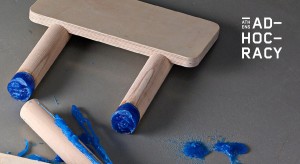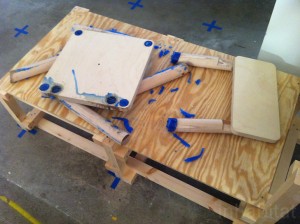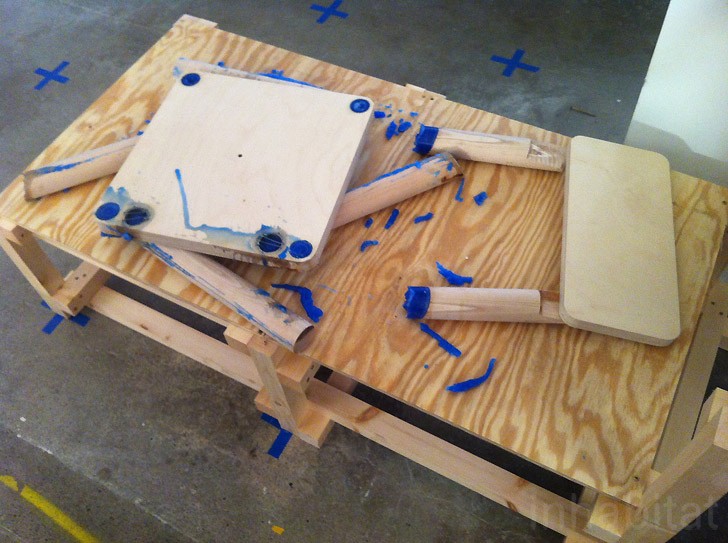
A Cultural Revolution in Making
The Adhocracy exhibition features products and concepts that show the wide range of developments in this new industrial revolution – from digital fabrication to open design to distributed manufacturing. OpenStructures provides a universal system for people to design, share and download plans for products. 3D printers make an appearance in the work of Stratigraphic Manufactury and Defense Distributed, which turn out everything from ceramics and souvenirs to guns. Other designs combine readily available parts with customized elements to leverage the possibilities of what can be made.
LimeWharf is a self-described “cultural innovation gallery and artistic laboratory” in East London that organizes residencies and exhibitions that encourage collaboration between artists and scientists. Originally curated by Joseph Grima, editor of Domus Magazine, for the first Istanbul design biennial in October 2012, Adhocracy was adapted for London by urban designer, futurist and Inhabitat.com contributor Thomas Ermacora. Adhocracy aims to engage individuals in a global conversation on the roles of creators, collaborators and consumers in the making of a brave, hopefully better, new world.
The DRM Chair was designed to self-destruct after being used only 8 times. That's not so practical as a piece of furniture, but it is effective as criticism for the planned obsolescence of products. Created in 48 hours for the DeConstruction hackathon by students at Lausanne’s ECAL university of art and design, the chair had a small sensor that detected the number of times it was sat upon, and joints made of wax, designed to melt after 8 uses, effectively destroying itself. In an age where the movies and music you pay to download may only work for a limited amount of time, on a limited number of devices, the chair also hints at the downsides of networked technology.
